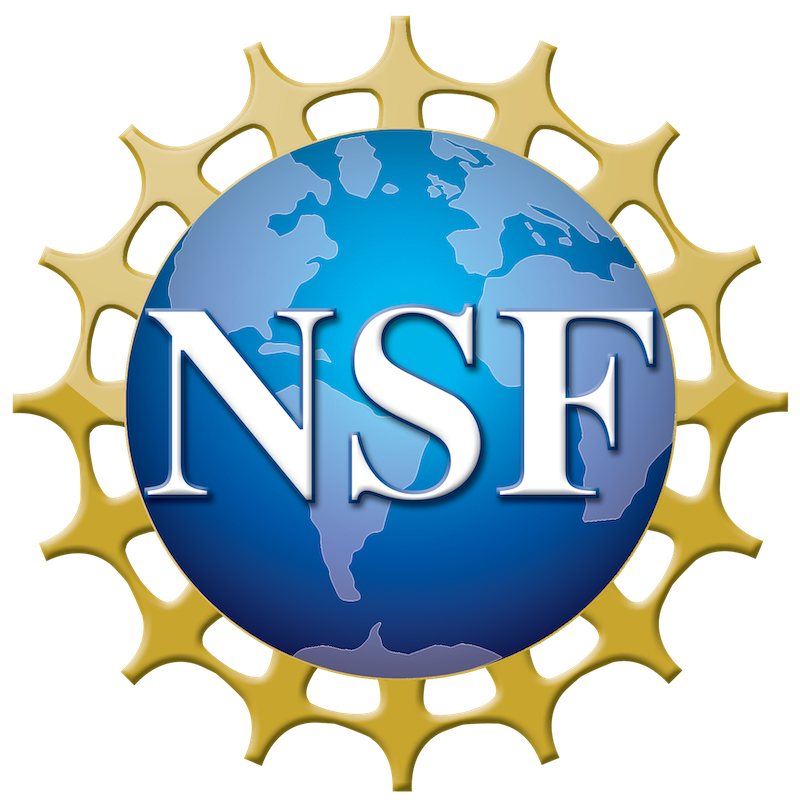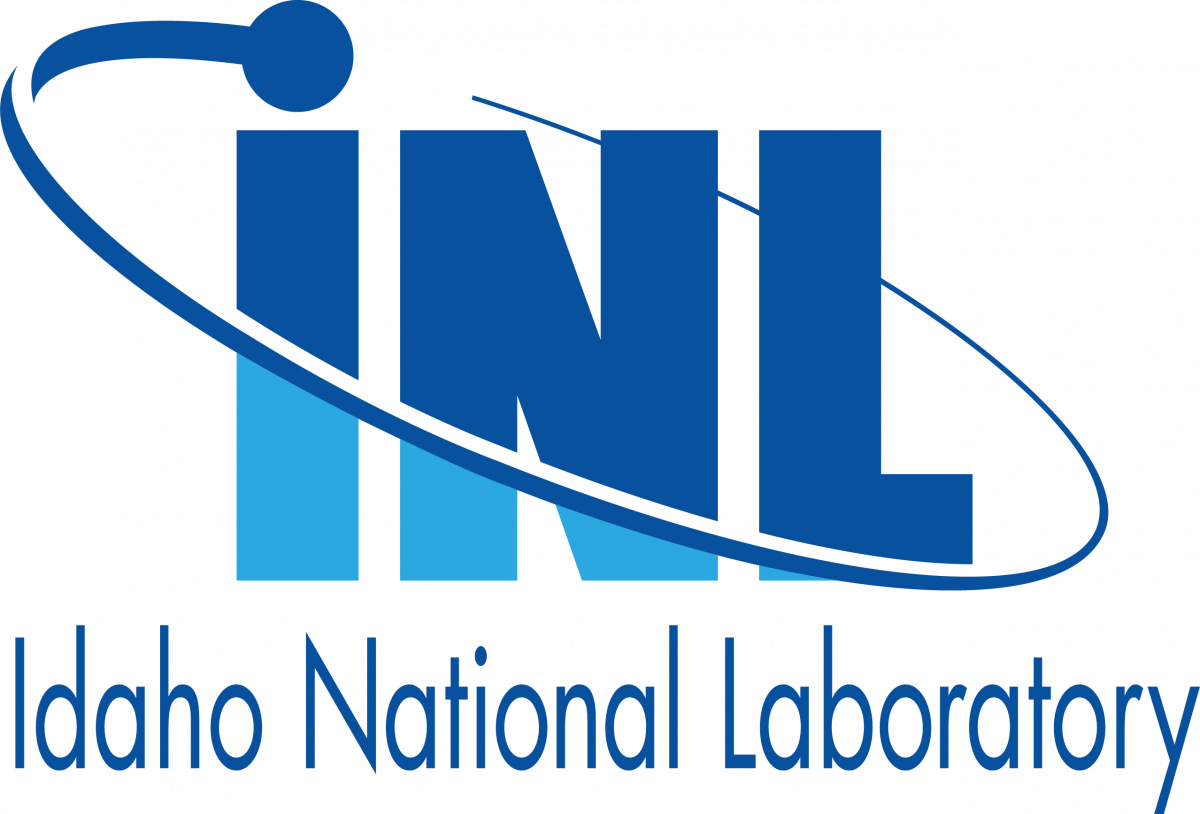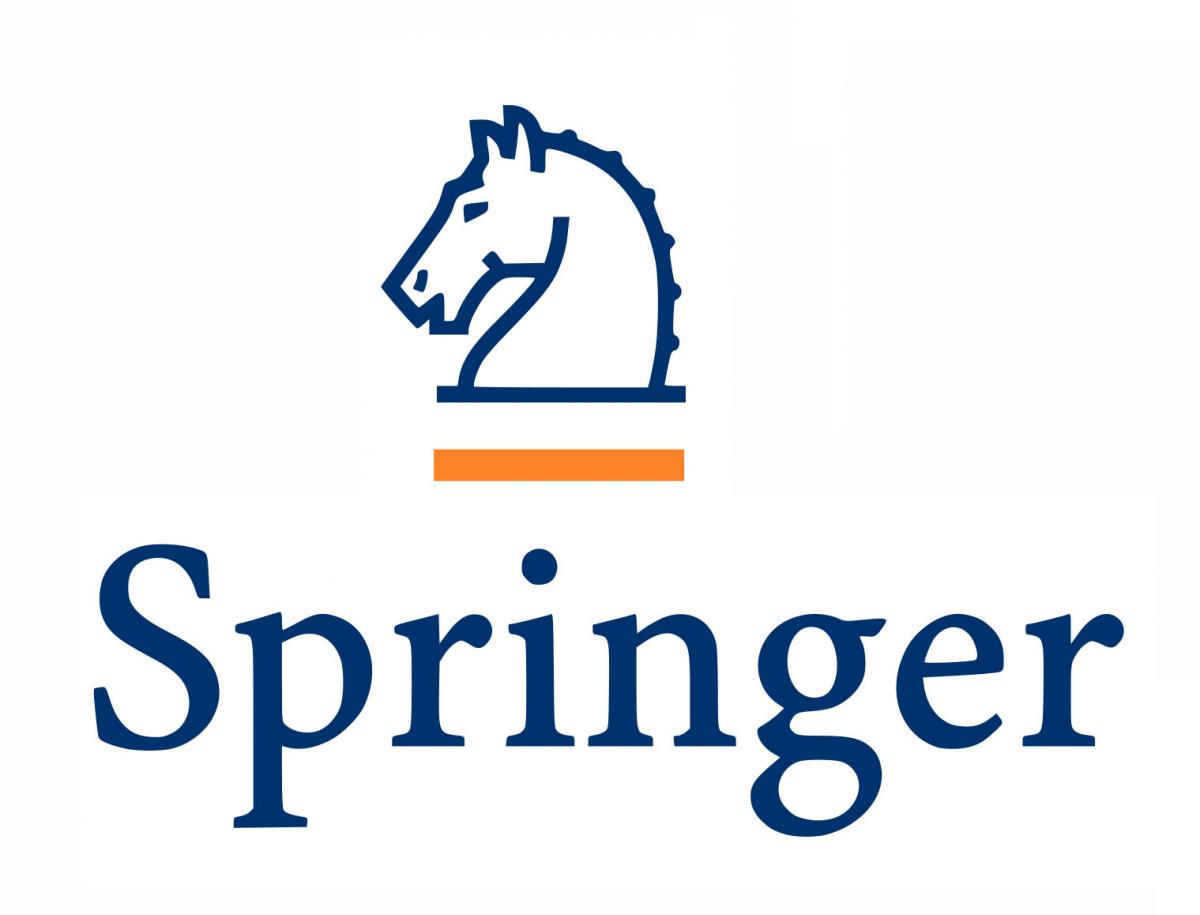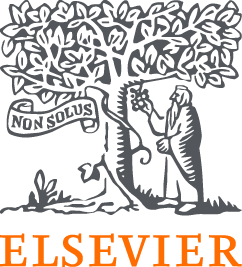Coleman Alleman, Sandia National Laboratories
John Emery, Sandia National Laboratories
Tom Seidl, Sandia National Laboratories
Accurate modeling of solid materials requires careful calibration of appropriate constitutive models, which typically requires the solution of an inverse problem to determine model parameter values that yield the closest match to an observed response. The ability to obtain accurate, credible results from simulations requires the calibrated model to be valid throughout a potentially large region of the parameter space, the extent of which is not generally known during calibration. Thus, proper use of material constitutive models requires that 1) calibration produces a set of model parameters that is optimal in some sense, and 2) the fitness of the model and parameter values are assessed with respect to a scenario which is generally not fully specified prior to calibration.
Several significant challenges arise in this context, including the following:
- It is difficult in general to define objective functions that are smooth and convex with a unique global minimum, so local and gradient-based optimization techniques can be inadequate.
- Rigorous validation of a calibrated model for its intended use is often time-consuming and complicated.
- Evaluations of the objective function and its derivatives at each iteration of the optimization process typically requires the solution of an expensive forward problem.
- Probabilistic (e.g. Bayesian) calibration methods suffer from high computational costs and the curse of dimensionality.
For this minisymposium, we are soliciting contributions that address one of these or other challenges with model calibration more generally. We are particularly interested in research that addresses one or more of the following: 1) constrained optimization in the context of model calibration; 2) machine learning and associated techniques that generate surrogate or reduced-order models for increased efficiency; 3) methods that provide uncertainty quantification for model parameters; 4) approaches that address multiphysics and multi-fidelity aspects of model calibration; 5) techniques that leverage full-field data.











